Just calling is not enough.
To look realistic to ducks, you need decoys and calls. It would be troubling to have a Gadwall sound without a visual. It seems unnatural for the duck to hear the call but not see the duck with the sound.
In the last 10 years, since the sanctuary refuge system has come into play - Ducks have gotten smarter. All the ducks going into the sanctuaries are safe. Hunters getting the ducks that are not on the sanctuaries and that are basically trying to survive.
Ducks have had the opportunity from Canada all the way down to Louisiana to look at every kind of decoy spread known to man. If you’re wanting to have a successful season, it’s crucial to have a realistic decoy spread and placement.
Make sure your decoys match your calling.
Each species of duck you’re hunting needs to be accounted for in your spread. We like to add everything into the mix because there is safety in numbers. The reason that most people aren’t killing more Gadwall ducks, or grey ducks, is because they throw out Mallard decoys and call Mallard calls. If you’re hunting Gadwalls, then you need a Gadwall call and decoys in your spread.
You also want all the decoys to talk. You have lead callers on each side and your middle guys are doing everyone else: Gadwalls, Teal, Mallard Drakes. If they hear everybody talking it just seems more real.
Make sure your decoys match the species of ducks in the area.
If we’re hunting in an area where we see Mallards, Gadwall, Widgeon, and Teal, then we have Mallards, Gadwall, Widgeon, and Teal decoys. You want the spread to look natural in the area.
You want more wood ducks? Then get some wood duck decoys. Just by doing that you’ll look up and they’ll start lighting beside them.
Position is everything.
The wind will determine where your decoys should be placed. If the wind is coming from left to right, ducks are going to light to the left. We put the bulk of the decoys upwind so they will light in front of the blind.
When ducks are against the wind, it slows them down and they are easier to hit. Ducks tend to light outside the decoys. Except for teal, they will light in the decoys.
Movement is key.
There needs to be movement to add realism into the spread. If the decoys are just sitting there - especially if there is no wind - it does not look realistic. Real ducks swim around, make waves, and chase each other.
We use all of MOJO Outdoors line-up in our decoy spreads. The Rippler and Butt-Up Rippler are our go-to motion decoys. You can see all of their motion decoys here: https://www.mojooutdoors.com/products/other-motion-devices
Make your spread match the environment you’re in.
Generally the rule is, if you’re hunting big open water or fields - you have big spreads. They tend to raft up out there. Still, it’s nice to have some moving there. Plus, another reason that works is that the ducks that are prone to open water tend not to be that bright. So that’s why you can get away with a lot more as far as big spreads.
When you get inside the timber, you generally have smaller spreads. It’s not based on anything other than you just don’t just drive down through the flooded timber and see big rafts of ducks. You just generally see scattered out ducks. And so we’re just trying to make the same realism come to life.


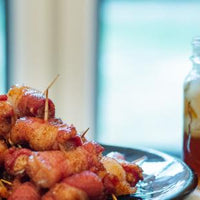

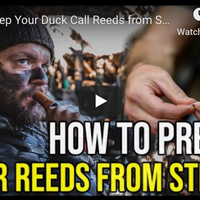
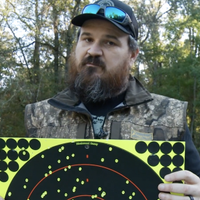

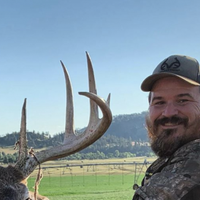
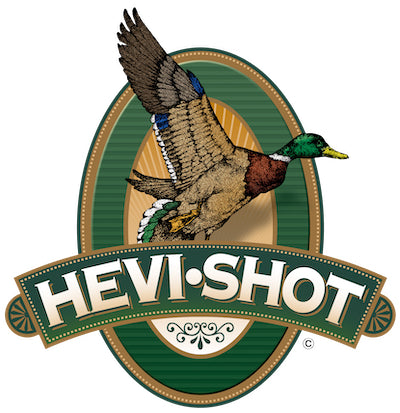
0 comments